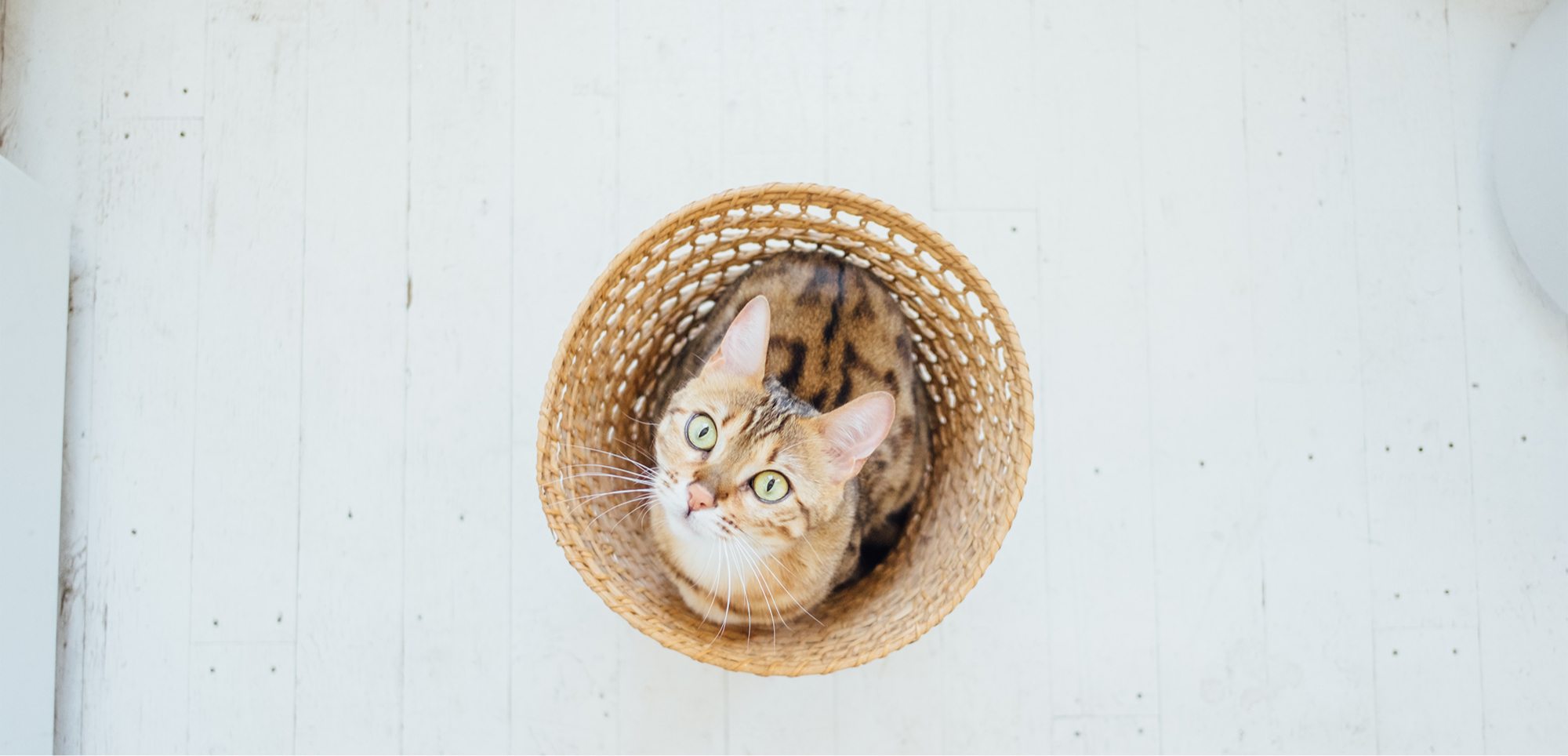Ask a vet
How to stop my cockatiel from getting bored?
I have recently inherited a 6 year old Cockatiel called Barney. I’ve never had a pet bird before and I would like to know what can I do to do to stop him getting bored and give him a good quality of life?
It is great that you want to give Barney a good quality of life. A good diet, regular check-ups and routine health care are all important for his physical health but his mental well-being is just as important. So it is fantastic that you are asking about this aspect of his care. Captive birds are often bored and this negatively impacts their quality of life but can also lead to the development of behavioural problems such as feather plucking, self-mutilation, destructiveness and screaming.
It is important to provide an interesting and enriching environment for Barney.
- Give him as big a cage or aviary as possible, no cage is too big!
- Make sure that he has plenty of perching places at various heights in the cage and these should be natural (but non-toxic) tree branches. The branches need to be wide enough to prevent Barney’s toes from wrapping the whole way around the perch, should be of different sizes and should be replaced regularly (they will become damaged, soiled or chewed over time). Perches at different heights will encourage Barney to climb and swing on the branches which will provide him with exercise; this is also extremely important for pet birds.
- If possible Barney should also be given the opportunity to explore outside his cage for more exercise and fun, but you will need to train him to do this safely and make sure he cannot escape the area or hurt himself first.
- Barney will also need somewhere he can bath safely; this can be achieved by using a large and fairly flat dish with shallow clean water in it.
- Captive foraging is a great way to keep your bird busy and prevent boredom. Birds in the wild spend 6‐7 hours every day using their beak to forage for food. Captive foraging means offering Barney his food in a way that he has to actively find his food and develop methods for obtaining access to that food source. It is necessary to start with easy foraging methods so your bird can adapt to these new methods of obtaining his food. Then, as he gets the hang of it you can introduce more complex foraging challenges.
There are many foraging techniques that can be used, here are a few examples:
- Wrapping his food inside a safe material such as butcher’s paper or used envelopes. You can close the ends by twisting and then Barney will need to break into the package to get his food.
- Hiding his food by placing a small amount in a food bowl mixed or buried with a safe material such as paper kitty litter, wood shavings or shredded paper. Barney will then need to dig through and search for the food.
- Covering his food bowl with paper so that he has to remove the paper to get to his food.
- Using foraging toys to put his food in; there are commercially available toys, such as baffle cages, piñatas, puzzles and kabobs, or you can make your own, these can be constructed from basic bird safe materials like untreated wood, leather and paper.
- Last but not least, spend time with Barney; interaction with their human is something most birds really enjoy.
By following these suggestions you will ensure that Barney has a much more interesting and rich life.


